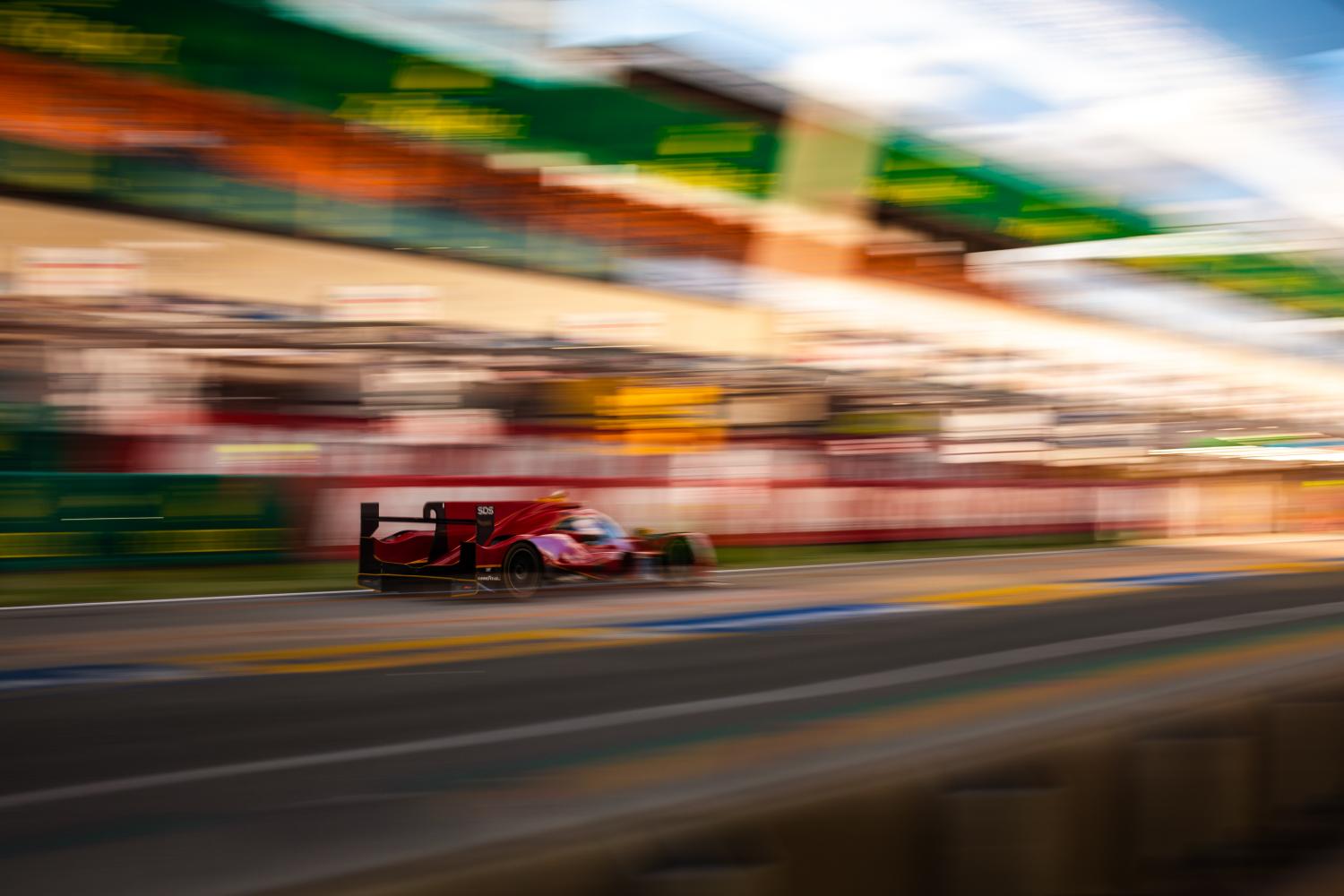What is a G?
G stands for gravity. It is a measure of acceleration that corresponds to gravitational acceleration at the Earth’s surface. It is used particularly in aviation, the auto industry and amusement parks.
1G corresponds to our own body weight while 0 corresponds to weightlessness. Consequently, when subjected to acceleration equivalent to 2G, our body weighs twice as much as usual. 3G corresponds to three times our weight, and so on. This produces a feeling of being flattened or compressed, making it difficult to move.
How many Gs do the drivers experience?
Drivers at the 24 Hours of Le Mans experience g-force continually as they accelerate, brake and corner at high speed. “We endure most pressure when negotiating fast turns,” says Nicolas Jamin who drives the #32 Oreca 07-Gibson for United Autosports. “In LMP2, it can be as much as 3.5G.” Loïc Duval, driver of Realteam Racing’s #70 Oreca 07-Gibson, lists the turns where this force is felt the most. “We take Gs at Indianapolis and Tertre Rouge, and when we brake before the two Mulsanne Straight chicanes and at Mulsanne Corner. We also feel lateral g-force in the Porsche Curves.”
What impact does it have on their organism?
G-force is stressful and tiring for the driver’s organism, especially as it is repeated multiple times over a 24-hour period. Physical preparation is the key to success. Muscle-strengthening exercises before and during the season are essential. “If you work hard on your preparation, you don’t feel the Gs too much,” says Jamin. “If not, you can get neck ache which is the worst thing imaginable because that’s all you think of. You feel like your head is going to snap off at every turn.”
The drivers’ moulded seat also plays an important role. “It keeps us in place,” Duval adds. “We don’t really need to resist as we’re well strapped in.” The long straights at Le Mans also offer them a chance to relax their muscles, stretch their hands and get ready to brake again.
So, what does it feel like?
To get a feeling for what the drivers have to face, stand up, ask someone to push you, and try and resist. Or even better... “Going up in a small ’plane or taking a ride on a rollercoaster will give you an idea of what we go through,” Jamin suggests. For Duval though, the only way to find out is to “climb aboard with us or splash out on a track experience as a passenger in a two-seater at your local circuit.”

